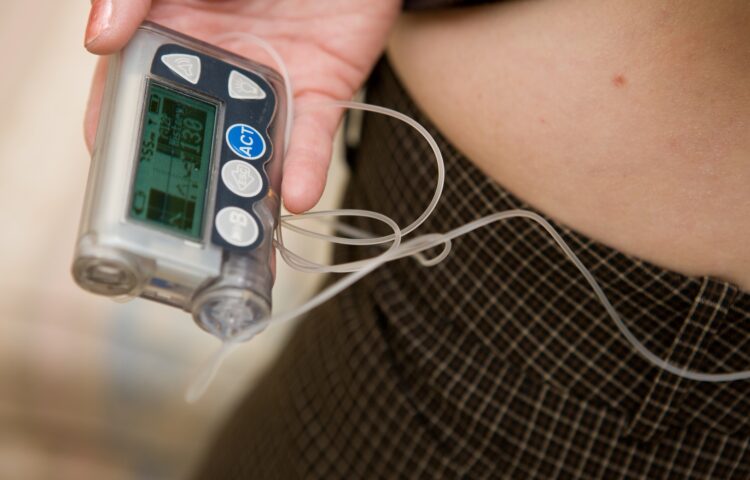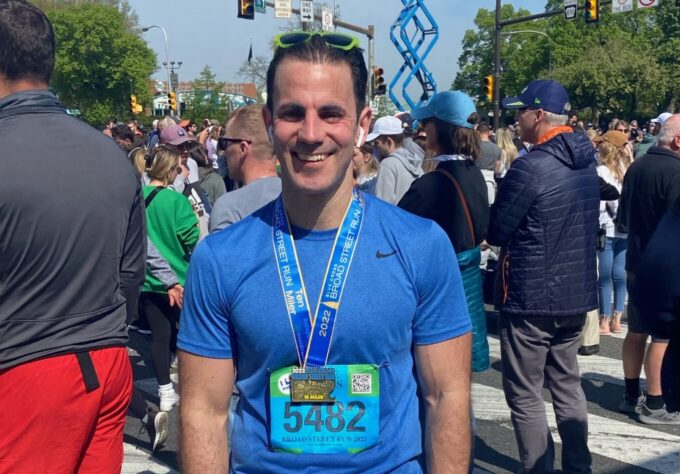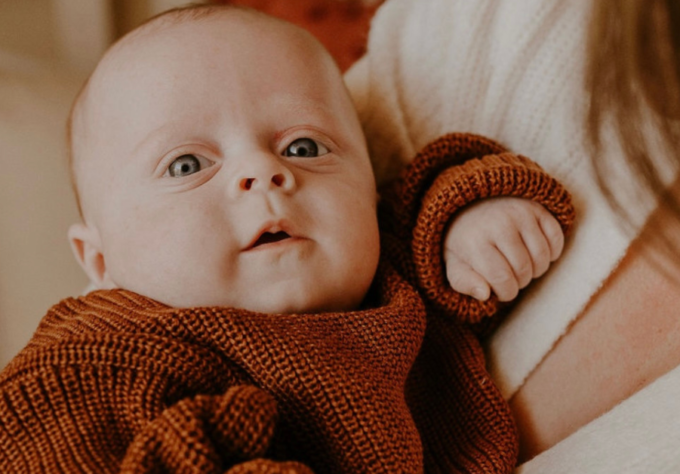I celebrated my first National Diabetes Awareness Month in 1990. I was twelve years old, had just started seventh grade, and was very aware of Type 1 diabetes – I’d just been diagnosed with it. Aside from the distinctive smells of insulin and alcohol swabs, I don’t remember much about the time I spent in the hospital after my diagnosis, or about those first few months at home. I do, however, remember the sense of bewilderment that accompanied my family home from the hospital, and how uncertain we were about how our lives would proceed with a chronic condition to manage.
If I could go back to that November, there’s so much I would tell my younger self about the reality of living with diabetes.
Unfortunately, I can’t – so I’m sharing what I’ve learned here.
Don’t panic.
It’s true that diabetes can (and will) infiltrate every part of your life, adding a layer of complexity and worry to almost everything. It’s scary, and it’s hard – but you can handle it. Things that might seem completely absurd and terrifying today will soon become routine. And with the help of friends, family and a qualified care team, you’ll find little ways to make diabetes fit into your lifestyle, instead of the other way around.
Soak up all the knowledge you can.
Yes, it’s overwhelming at first. People will start telling you what to eat, when to eat it, which machines and high-tech doohickies to invest in, and how to feel about your new life. But the more you know about diabetes – and how it affects you – the more empowered you’ll be to take charge of your own body. A detailed understanding of what type 1 diabetes is, how insulin and food work in your body, and how to care for yourself can go a long way. You’ll be well prepared for appointments with doctors and diabetes educators, and you may even be able to educate the people around you.
Everyone’s diabetes is different.
Some people with T1D choose to manage their condition with insulin pumps and continuous glucose monitors. Others prefer multiple daily injections and finger sticks. Some can eat an entire pizza without any major blood sugar drama, while others must rely on extensive mathematical equations and multiple doses of insulin just to enjoy a single slice. It’s rarely helpful to compare yourself to others, and that’s especially true when it comes to diabetes.
Find your people.
Living with diabetes can bring a lot of social anxiety. Maybe you feel like the only one who can’t eat four pumpkin spice cupcakes on a whim, or you’re worried about your blood sugar crashing in the middle of a first date. You may feel like you need to hide your diabetes in order to find friends, or to be accepted. But there are plenty of people out there who won’t think your diabetes is weird or gross. In fact, many of them will be curious, supportive, and understanding.
Then there’s the other group of friends you’ll discover – the ones who are also living with Type 1 diabetes. These are the friends who will always understand what you’re going through on a level that no one else will. Together, you’ll commiserate over A1C numbers, compare notes on insulin pumps, and celebrate the everyday victories of life with Type 1. You’ll find these friends at diabetes camps, conferences, the diabetes online community – maybe even at the grocery store. Cherish them.
Be kind to yourself.
Diabetes is a full-time job that requires approximately 622 distinct skill sets. It can be easy to blame yourself for a high or low blood sugar, or fall into the guilt trap when others question how you manage your diabetes. Remember that you’re a human being – not a robot – and you’re doing the best you can to take over for an essential part of your digestive and endocrine system. Cry when you need to, vent to your people, seek all the help you need from your endocrinologist or Certified Diabetes Educator. No matter how it feels sometimes, you can do this.



